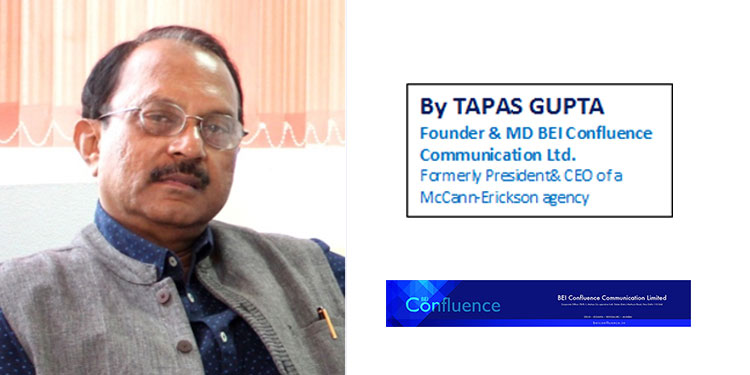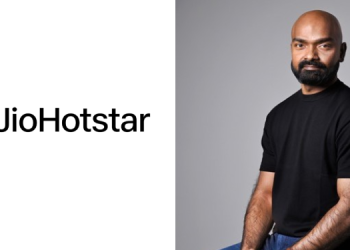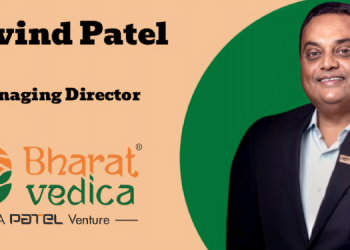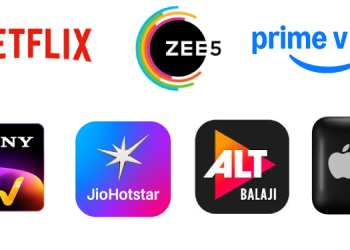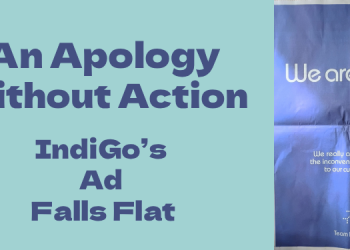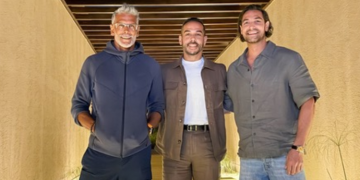Public Relations or PR is described as a practice of disseminating information beneficial to the source that can inform or educate the intended public (the recipient of the message) on the issues the source desires, create or alter perceptions that can result in a favourable disposition in the recipient about the communication disseminated.
PR has been practised this through the ages by individuals, organisations, Governments and other Bodies for time immemorial. However through the years there has been a huge level of clutter through information saturation resulting in the stimulus getting ignored or lost in this sea of message and proliferation of the media. This has been further compounded in last decade by the vastly spreading tentacles of the digital media and the multiplicity of fake news and information. With this massive information overload the recipient is unable to process and assimilate the stimulus unless it is delivered in a distinct and memorable style.
So in this world of extreme clutter of messaging, communicators are re-inventing every day to create and innovate ways to enable their messages stand out to have a cascading effect by going viral thereby achieving the desired results. But the most important thing I have learnt as a communication personis that very few messages can achieve their desired results unless these are supported by a strong and interesting content that is able to fire up the recipients’ imagination and touch an emotional chord with the respondents.
And here comes the role of a new way of communication, the one I have called SOCIAL PR. A lot of socially conscious organisations as a part of their CSR activities and NGOs are actually doing great work on the ground for many, many years. But a lot of these endeavours are carried out silently in remote villages or in the economically backward spheres where such efforts are making huge differences in the lives of the affected communities. Such services are often not discussed outside cocktail circles, and don’t generate enough buzz within the organisation, let alone the outside world.
Publicly held companies are mandated to spend at least 2% of their income on CSR activities and these have to be reported in their Annual Reports & Balance Sheets. For most companies these activities remain in the confines of Balance Sheets whereas many of these CSR efforts are be worth talking about.
In this context the idea of SOCIAL PR has been playing in my mind for some time. I see SOCIAL PR as the ‘front-end’ of genuine CSR endeavours ( CSR being the ‘back-end’) taken up by a Company, individual, Government or a Body that is making a difference on the ground by taking up the cause of uplifting the lives of many, or working on the cause of the environment, climate, wild life, etc. When such uplifting endeavours on the ground are communicated in story-telling form by the organisation about itself or its brands, these become interesting stories which may make the target audience sit up and take notice and create an build an emotional bond. Such communication in my view is SOCIAL PR.
In today’s world such communications can be done almost instantly through the social digital media. And many companies are doing this in real time and building stronger equity for them and their brands. Many years back Tata Steel had done a major campaign communicating their intense CSR activities in and around the tribal areas of Jamshedpur in the economically backward communities by providing education, technical training and development for gainful employment and opening up new avenues of earning a living and enhancement of living standards. This led the way for the launch of their famous campaign with the tagline “We also make Steel”. A SOCIAL PR campaign that is a watershed in India’s advertising landscape.
As the communication landscape is becoming more and more specialised, it is indeed time for organisations and agencies to build this as a specialised discipline and agencies can offer end-to-end services to the client organisations in their CSR activities by providing and co-ordinating from the back-end to the front-end.
Organisations usually handle their CSR activities through appointed NGOs though very few companies have their specialised CSR departments to supervise these activities on the ground. It is often left to the company’sHR or Corp Com teams to oversee the on- ground activities. This is where specialised SOCIAL PR Cells in PR or Ad Agencies can take on this responsibility and be accountable to their clients forend-to-end solutions.
This is a diagrammatic representation of my thinking:

There is a growing realisation amongst organisations that CSR activities need to be in line with the company’s overall vision and its objectives that can be transformed into a novel tool for communication. This is where they need help from specialised SOCIAL PR professionals to guide them on generating ideas for CSR initiatives, help them locate the right NGO partners to implement these, create compelling stories around these and disseminate in the media that can create a positive disposition towards the company and its brands.
In a hugely cluttered world of media space (traditional and digital), with billions of rupees being spent on communication, where differentiation in product and perceptions hardly exist, SOCIAL PR for a company and its brands can play a winning role and be remembered for good. To give an example, a leading range of insecticides and pesticides we handle whose target group are the farming community and the agriculturists, are very substantially in CSR to educate farmers of the need of modern farming technology and tools, and keep them abreast of the latest ways of increasing their yields thereby play a role in uplifting their knowledge base, skills, income and their lifestyle. Today a very large part of our agrarian community (particularly the younger generation) are digitally connected through their smart phones and therefore it has become easier for the marketer to get them involved in CSR endeavours and value add to their lives regularly. There is a regular real-time communication that happens between the company and the target audience where case studies of how certain CSR activities have impacted their lives are communicated and disseminated in interesting ‘story-telling’ forms.
However the end-to-end planning, supervision and implementation of CSR strategy, transforming these into compelling stories, communicating these to millions in an interesting and enduring way, need specialists and not ‘General Physicians’.This requires very specialised skills of a person who understands(and has ground experience) in CSR through NGO experience combined with the gift of ideating and writing case studies by weaving interesting stories around these. It’s aunusual combination of certain skills and whosoever has this would be an ideal SOCIAL PR professional.
I believe that the time has come for a new breed of SOCIAL PR professionals in PR or Ad Agencies to take over the planning and implementation of CSR activities of organisations by offering them 360 degree services holistically with end-to-end solutions.
The age of specialisation on the SOCIAL PR idea has arrived! Companies and Agencies that realise this early will be ahead of the rest.

